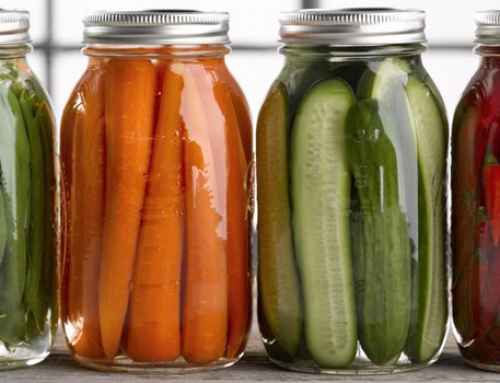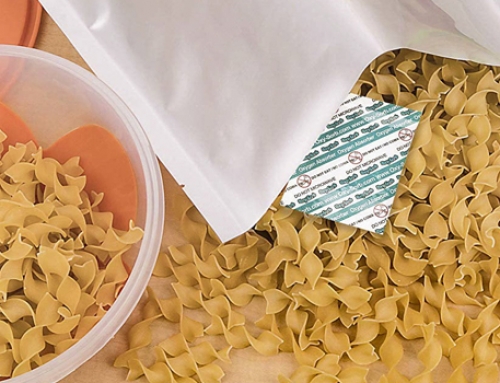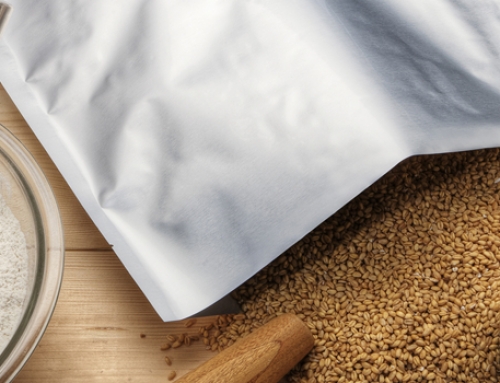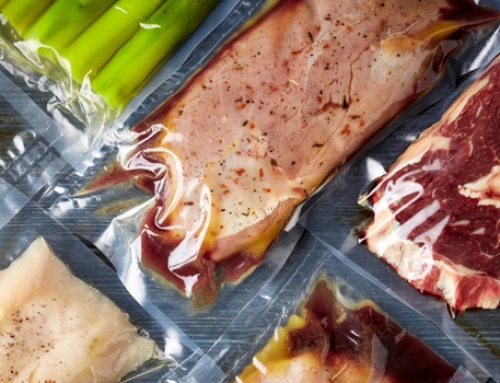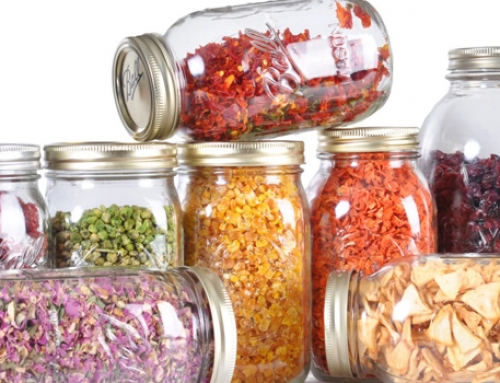Project Description
An important point for those who are looking to be more self-reliant is to build their food storage stores. And a huge part of that is the food that has been canned professionally by food companies as well in local canneries. And as we are canning our own food OR buying an extra can of peaches or baked beans there are a few questions we start asking ourselves.
How long can we keep this canned food?
Which food lasts longer?
Home Canning
Remember, no air, no spoilage. Home-canned foods have shelf stability of about a year. Again, it all depends on the food you can and how well you can vacuum the air out of the can. As the contents within age, their nutritional values can decline to a point where they are ineffectual as a foodstuff. The cautious recommendation of home-canned food does not mean that you should bypass home canning as a means of stocking up for lean times. It means that you must be more conscious of how you plan and use food so that you use up canned food within a year.
To safely can a variety of foods at home you will need a pressure canner. There is no amount of increased time in a hot water bath canner that can make up for the lack of a pressure canner. Properly canned food means that you have eliminated the factors that contribute to botulism, a potentially fatal form of food poisoning.
Always check a canning jar for any defects before using it for home canning. Not only can defects lead to food spoilage later on, but they can also interfere with the total canning process and result in a broken jar and wasted food.
Commercially Canned Foods
The USDA divides commercially canned food into two main categories:
- Food that is highly acidic
- Food that is low acidic
Highly acidic foods include citrus juice, fruit such as apples, peaches, and pears, pickled foods, foods with vinegar, and tomato-based foods such as salsa, canned tomatoes, tomato sauce, etc. These foods have a recommended shelf life of just 12-18 months according to the USDA. Once opened the USDA recommends discarding highly acidic and commercially canned food after the seventh day of refrigeration. In real life, as long as the can isn’t damaged in any way it is worth keeping them around for 3-4 years, and opened and under refrigeration, you could stretch it out to 10-11 days depending on the food and perhaps longer (especially salsa).
Low acidic foods have a much longer shelf life. These are foods that are not tomato- or citrus-based and included commercially canned meats, poultry, soups, and many vegetables such as corn, peas, and squash. These types of foods can last for upwards of five years or more if stored properly.
Commercially canned vegetables and meats make an excellent addition to emergency food stores, especially if you use a food rotation system. Highly acidic foods can bolster your home-canned food supply since they have a similar shelf life. Remember, though that home-canned foods have a recommended shelf life of just a year, whereas commercially canned foods can last for a year to 18-months at the bare minimum.
Keep your cans out of direct sunlight, and extreme temps both hot and cold. Additionally try to keep them in a less humid space to cut down on the water content that can facilitate metal degradation.
A Food Rotation System is Recommended
A good method for managing home-canned food is to adopt a system that rotates food in such a way that you use the oldest foods first. We refer to this method as First In – First Out. It means that the first items that you put into your food closet are the first items that you use. Food rotation is an excellent tool for prepping, and it helps to keep the quality of food at its highest while minimizing the risk of food spoilage and food-borne illnesses such as botulism.
It is possible, and many people have lived to tell about the long shelf life of home-canned foods. Still, in an emergency food situation, it is best to be safe rather than risk illness due to food spoilage. Oddly, the USDA has different standards for commercially canned foods.
Specialized Canning Options
Canned Freeze-dried and Commercially Prepared Foods – Specifically designed for the longest shelf life, food items prepared this way can last from 10-30 years depending on the brand and food type. The benefit of freeze-dried food is that it maintains most of its flavor and texture when rehydrated properly. To prepare, most freeze-dried foods simply require the addition of cold water, such as for freeze-dried milk, or hot water for meals that we want to enjoy warm.
Freeze-dried foods are a magnificent way to add variety to an emergency food store. Thanks to the growing demands of society at large there are many food choices available from high-quality emergency food supplies.
Jerked and Dried Foods – Such as meats, are normally shelf-stable. They do not have a real-long shelf life. Commercially prepared jerky stays for about a year. Home-prepared jerky has a 3-5-month shelf life.
A good tip for storing dried foods with a shorter shelf life is to freeze the food after drying occurs. Freezing will increase the shelf life and decrease the risk of spoilage.
Dried foods have been around for millennia. The art of canning food dates to around 1750 as a means of preventing military food rations from spoiling.
You need to look at all that you may need where it comes to your foodstuffs, and plan accordingly. Calculate the volume of food you would need per person in your life and what can be safely stored for as long as possible. We will have a video on all that we are doing where it comes to eating num nums.

